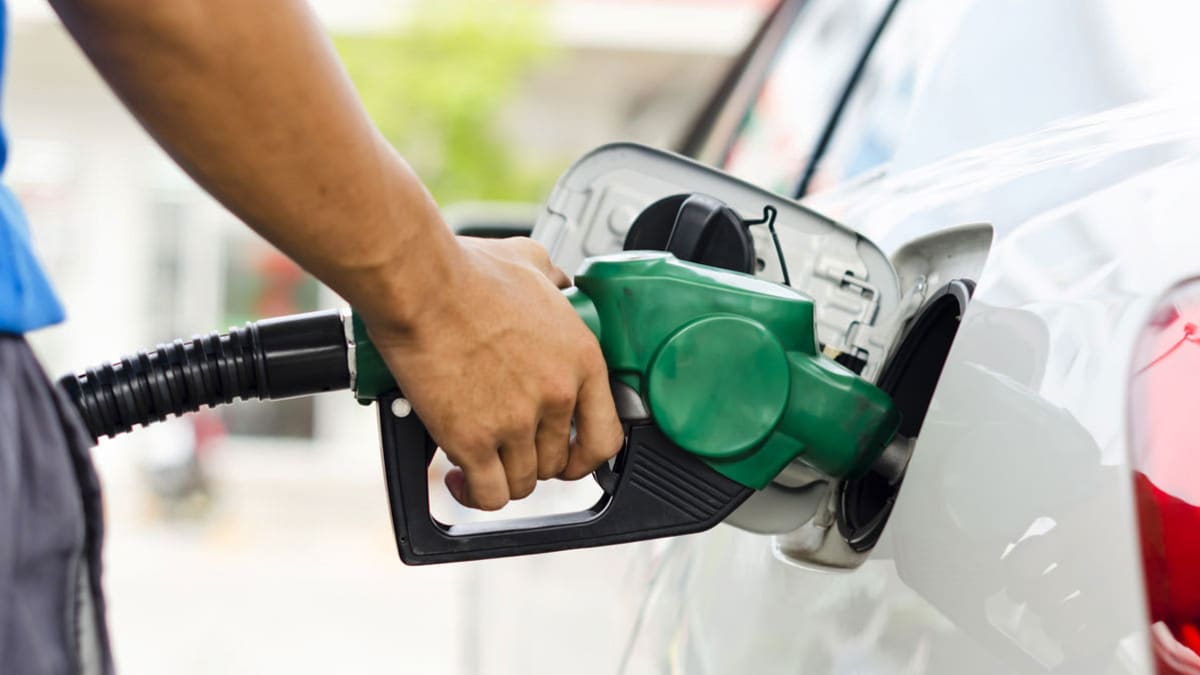How to Save Money at the Gas Pump | Fuel Prices

“If you’re just looking at the price from the street, you’re leaving money on the table,” says Patrick De Haan, head of petroleum analysis at GasBuddy, a website and smartphone app that helps drivers find the best deals. There are things you can do to keep your gas expenses down. Among them:
Use a gas station app or website. Smartphone apps, such as those from GasBuddy, AAA, and Gas Guru, are particularly convenient when you’re traveling and away from your computer. They’re available for Apple and Android devices. Many are free. You can filter results by fuel grade and sort by distance and price, as well as get GPS-guided directions to the station you choose.
GasBuddy and Fuel Finder also let you check stations for amenities such as ATMs, restaurants, and car washes. GasBuddy has station reviews, which might tell you, for instance, which restrooms to avoid. And Gas Guru lets you save your favorite stations, so you can remember where to stop on your way back.
The Google Maps and Waze apps, which many people use for real-time traffic alerts and driving directions, also offer gas-price info.
You’re likely to find that you may be able to get a better deal at stations that are not located on major highways, says Michael Calkins, a manager at AAA. Of course, making a big detour to pay less might not make sense.
Calkins also says to make sure that when you compare prices you consider buying only Top-Tier detergent gasoline, which is better for your car.
Check the prices in the different states you’ll visit. Prices can vary significantly among states, often because of differences in state gas taxes. On Interstate 90, for example, De Haan found gas prices to be significantly cheaper on the Ohio side of the border with Pennsylvania. (As of Jan. 6, 2025, the average price for a gallon of regular in Ohio costs $3.11 compared with $3.27 in Pennsylvania.)
Think about how best to pay. Some stations offer a lower price if you pay with cash instead of a credit card. The difference between the cash and credit price usually ranges from around 10 to 15 cents per gallon, De Haan says, though he adds that it can be as much as a dollar.
Another option is to pay with a cash-back credit card. While the credit card price may be higher than the cash price, the reward you receive could make using the credit card a better deal.
It’s worth noting that a rewards credit card could even provide greater savings than a gas credit card from a big oil company (such as Texaco or Chevron), De Haan says. Some cards offer introductory cash or points bonuses for signing up, and others offer discounts at the pump. The Bank of America Customized Cash Rewards credit card, for example, offers a $200 bonus to people who spend $1,000 on purchases during the first nine days of card ownership. The ExxonMobile Smart Card, by contrast, gives a 6-cent discount per gallon of fuel purchased.
If you plan to pay by debit card, don’t assume that you are getting the cash price. Some stations could charge you the credit card rate instead. Check the posted prices at the pump. Selecting the debit option and entering a pin when you pump your gas is often a good indication that your transaction will be handled as cash, says Lyle Beckwith, senior vice president of the National Association of Convenience Stores, based in Alexandria, Va.
Slow down. De Haan says it may sound silly, but with prices being as high as they are, it’s a good idea to keep your foot off the accelerator pedal. Around town, that means reducing your rate of acceleration, and on the highway, keeping your speed below 75 mph, above which he says wind resistance eats into your fuel economy. “Reducing your speed to 65 on the highway can increase fuel economy by as much as 15 to 20 percent,” he says.
Check your tire pressure. Making sure your car’s tires are properly inflated to the pressure indicated on the sticker inside the driver’s door will make it run more efficiently.
Reduce the number of car trips. If you can avoid traveling by car, either by walking, taking public transportation, or staying home, you’ll save money at the pump. If you do have to drive somewhere, try to bundle errands and appointments so you don’t have to make multiple trips and use more fuel.
Source link


